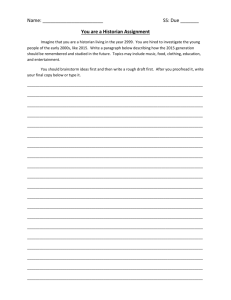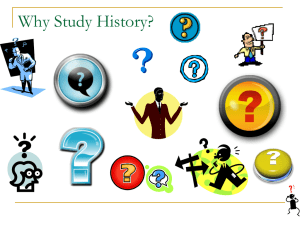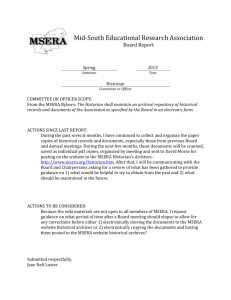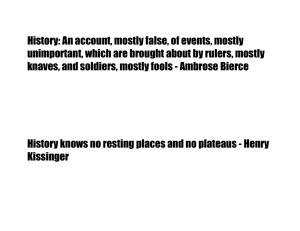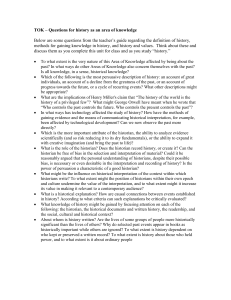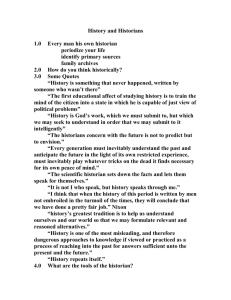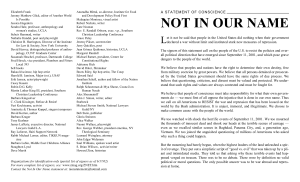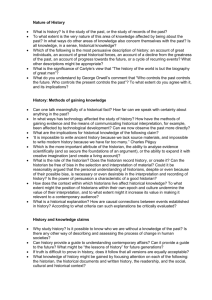Formal analysis: Model
advertisement
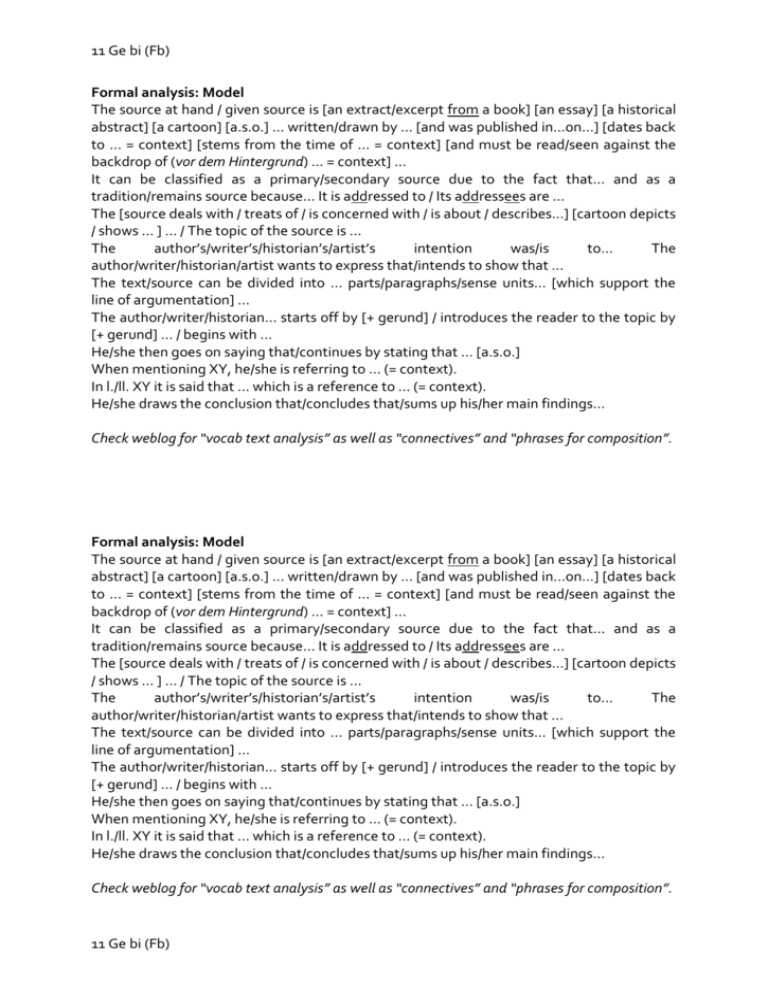
11 Ge bi (Fb) Formal analysis: Model The source at hand / given source is [an extract/excerpt from a book] [an essay] [a historical abstract] [a cartoon] [a.s.o.] … written/drawn by … [and was published in…on…] [dates back to … = context] [stems from the time of … = context] [and must be read/seen against the backdrop of (vor dem Hintergrund) … = context] … It can be classified as a primary/secondary source due to the fact that… and as a tradition/remains source because… It is addressed to / Its addressees are … The [source deals with / treats of / is concerned with / is about / describes…] [cartoon depicts / shows … ] … / The topic of the source is … The author’s/writer’s/historian’s/artist’s intention was/is to… The author/writer/historian/artist wants to express that/intends to show that … The text/source can be divided into … parts/paragraphs/sense units… [which support the line of argumentation] … The author/writer/historian… starts off by [+ gerund] / introduces the reader to the topic by [+ gerund] … / begins with … He/she then goes on saying that/continues by stating that … [a.s.o.] When mentioning XY, he/she is referring to … (= context). In l./ll. XY it is said that … which is a reference to … (= context). He/she draws the conclusion that/concludes that/sums up his/her main findings… Check weblog for “vocab text analysis” as well as “connectives” and “phrases for composition”. Formal analysis: Model The source at hand / given source is [an extract/excerpt from a book] [an essay] [a historical abstract] [a cartoon] [a.s.o.] … written/drawn by … [and was published in…on…] [dates back to … = context] [stems from the time of … = context] [and must be read/seen against the backdrop of (vor dem Hintergrund) … = context] … It can be classified as a primary/secondary source due to the fact that… and as a tradition/remains source because… It is addressed to / Its addressees are … The [source deals with / treats of / is concerned with / is about / describes…] [cartoon depicts / shows … ] … / The topic of the source is … The author’s/writer’s/historian’s/artist’s intention was/is to… The author/writer/historian/artist wants to express that/intends to show that … The text/source can be divided into … parts/paragraphs/sense units… [which support the line of argumentation] … The author/writer/historian… starts off by [+ gerund] / introduces the reader to the topic by [+ gerund] … / begins with … He/she then goes on saying that/continues by stating that … [a.s.o.] When mentioning XY, he/she is referring to … (= context). In l./ll. XY it is said that … which is a reference to … (= context). He/she draws the conclusion that/concludes that/sums up his/her main findings… Check weblog for “vocab text analysis” as well as “connectives” and “phrases for composition”. 11 Ge bi (Fb)
